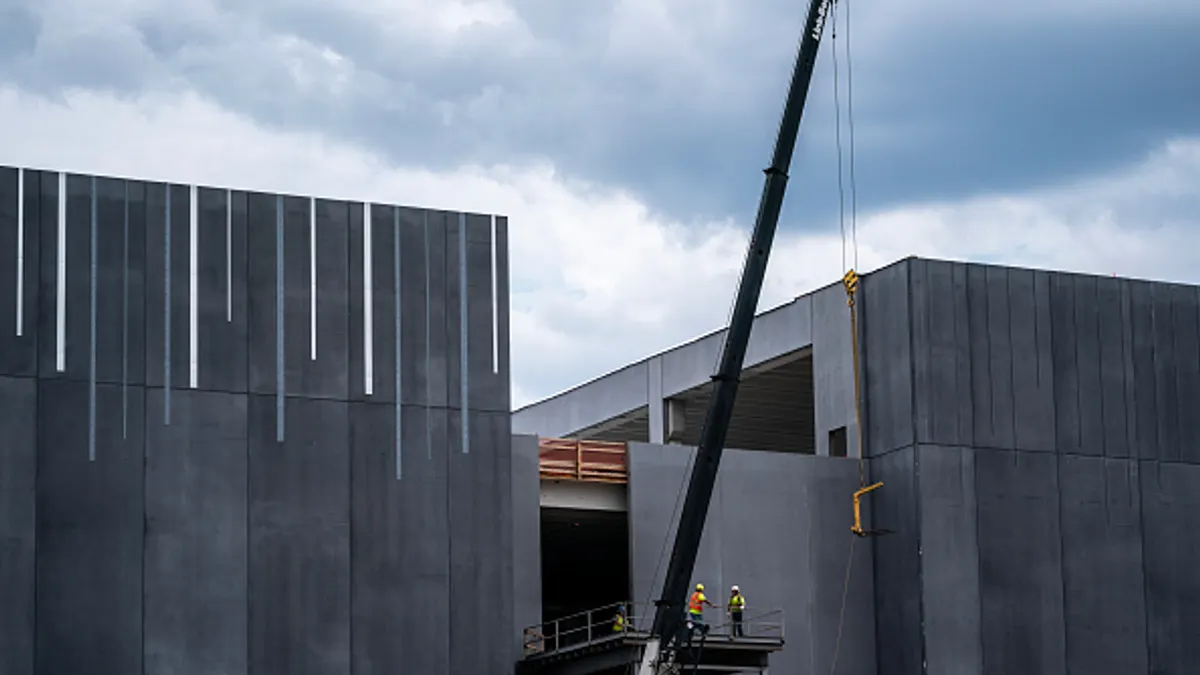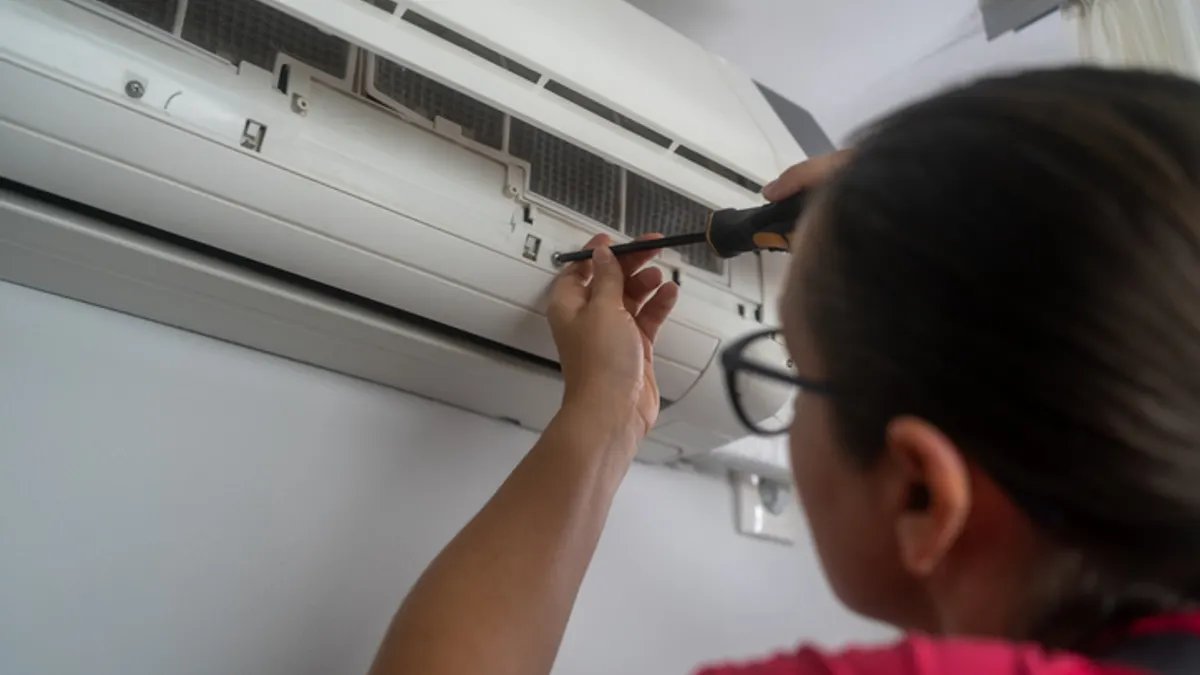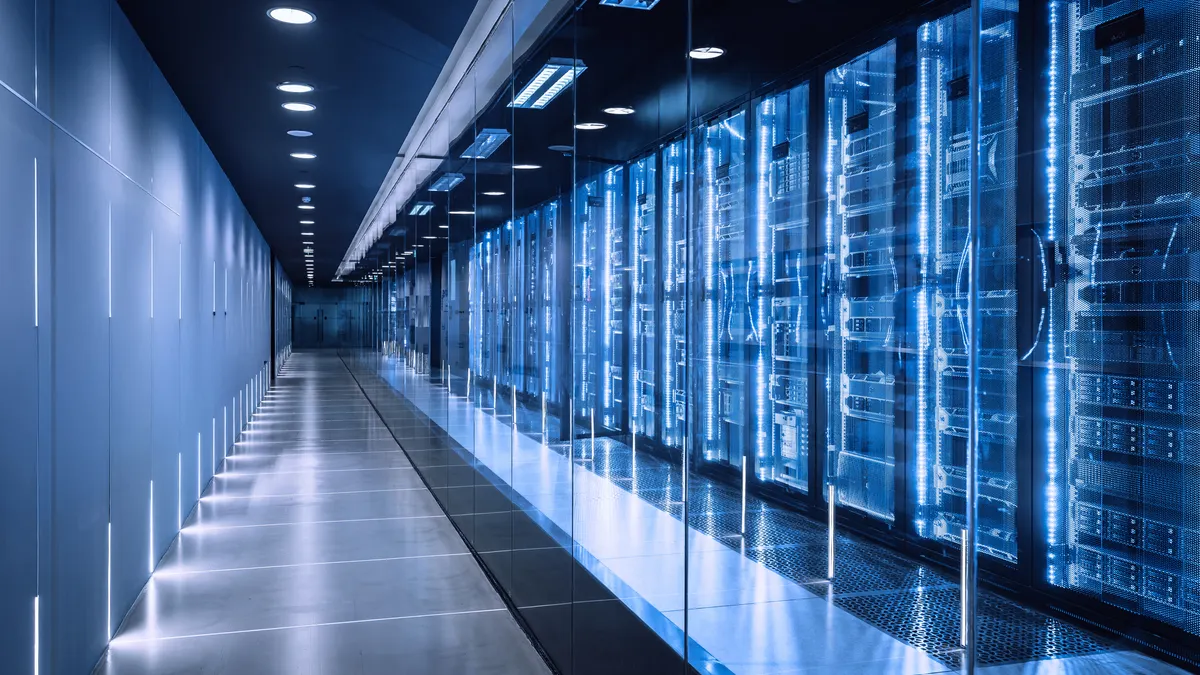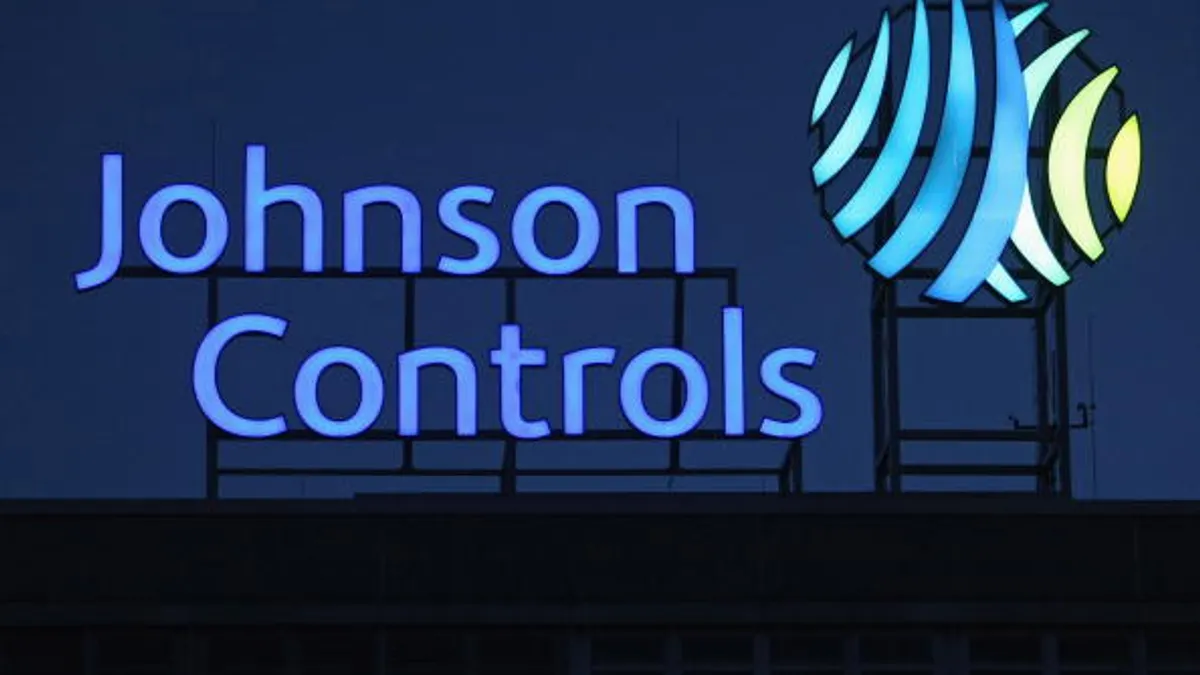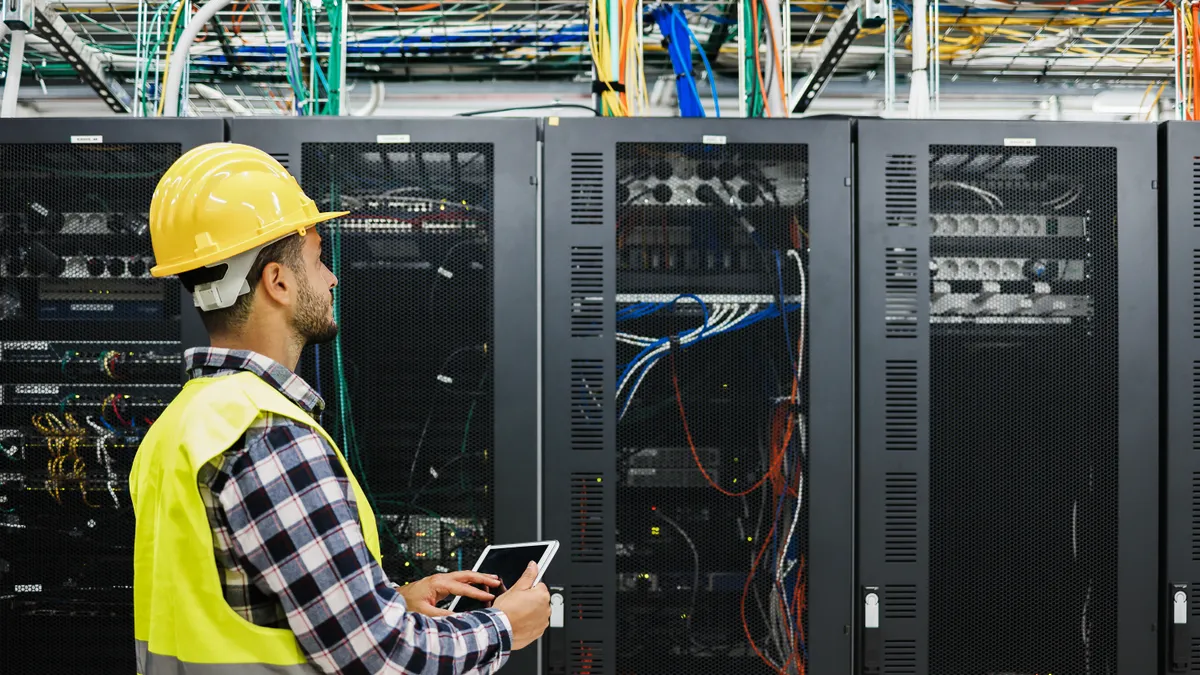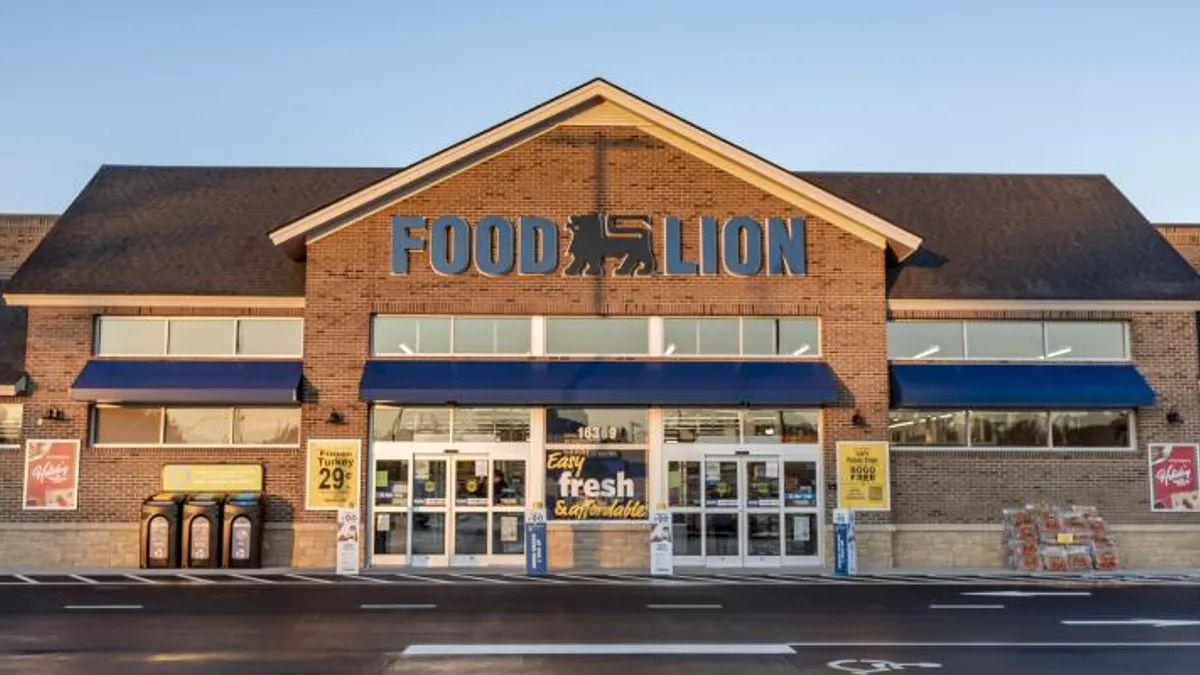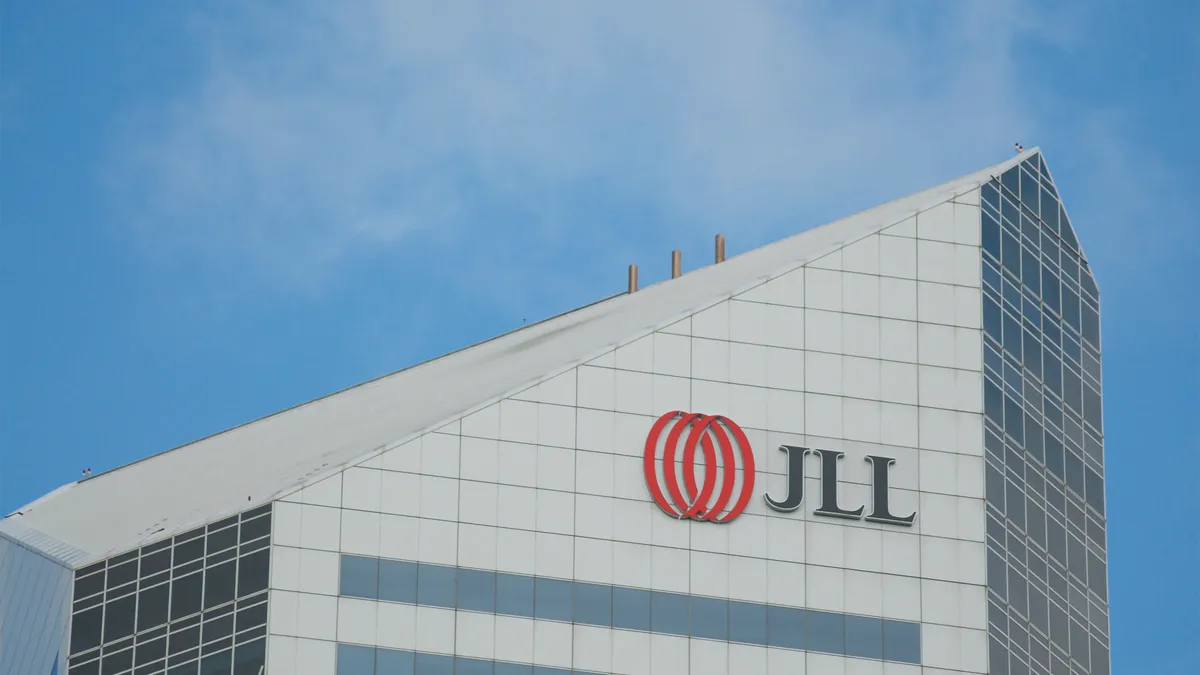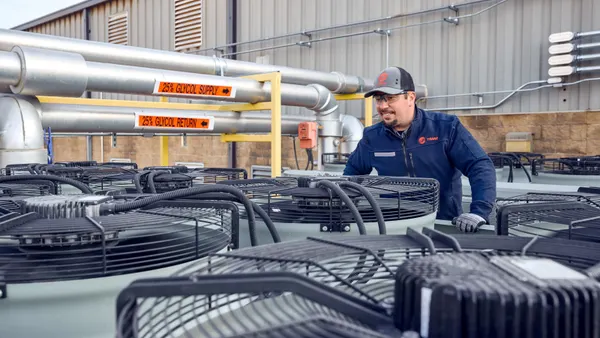Lost in the news as Honeywell, Carrier and other big companies in the facilities space announced their earnings last month is the growth of mechanical, electrical and plumbing contractor Comfort Systems USA, which reported 33% year-over-year revenue growth when it released its third-quarter numbers Oct. 23.
“Our amazing teams … have delivered financial results that far exceed even our recent outcomes,” President and CEO Brian Lane said on his company’s earnings call last month.
The company, along with one of its main competitors, Emcor, grew solidly but modestly for much of the last 25 years by designing and installing HVAC and other systems for commercial buildings. Between 2000 and 2020, Comfort Systems’ valuation grew from roughly $50 a share to $500 a share. Emcor grew at a pace that wasn’t too different than that.
Starting in 2021, though, the valuation of both companies skyrocketed as investment dollars flooded into data centers and, to a lesser extent, manufacturing facilities as companies took advantage of incentives to reshore operations.
“That’s a 15x increase,” Tim Mulrooney, a partner with global investment bank William Blair, said in an interview. “They’re both benefitting from this AI infrastructure buildout and reshoring to a significant degree.” Mulrooney notes that William Blair's officers and employees, with the exception of research analysts, could have a financial interest in Comfort Systems and Emcor. The company could also make money providing investment banking services for them, he said.
Complex systems
Data centers are essentially empty warehouses with server racks that need complex mechanical and electrical systems to power and cool the chips in the computer servers, making companies like Comfort Systems and Emcor go-to contractors because of their expertise and scale in the sector, Mulrooney said.
“In a typical commercial office building, the amount of mechanical, electrical and plumbing content is about 20% of the construction cost,” Mulroney said. “In a data center, it's 60-70%.”
Where the two companies part ways is in their markets. Emcor skews toward Tier 1 cities like Los Angeles and Chicago while Comfort Systems concentrates on Tier 2 cities like Richmond and Nashville.
Although both companies are benefitting from the rush to build data centers, Comfort Systems is seeing an additional bounce because most data centers are being built adjacent to Tier 2 cities and the skilled labor to install the MEP systems in these areas is less likely to be unionized, lowering costs, Mulrooney said.
“There are only so many electricians, plumbers, pipefitters and welders in the U.S.,” he said. “While the labor is fungible, it’s limited.”
There’s another differentiator: Comfort Systems has invested heavily in volumetric modular construction capabilities, which enables it to build most of the systems in its own facilities so workers just need to assemble them once they’re delivered to the site.
“You get it right and then you snap it together, like Legos,” Mulrooney said.
Volumetric modular construction is similar to other types of pre-fabrication – which both Comfort Systems and Emcor do – but it takes it a step further: it builds the systems on modular components that comprise parts of the wall of the facility itself. So when the modules get delivered to the site, it’s largely about installing the walls with the systems already installed.
“They’re making the bet there’s a long runway to this and that’s why they’re building out more capacity around this volumetric modular,” he said. “It requires significant investment. It’s a fixed cost. So, if tomorrow everyone decides we don’t need data centers any more, and that revenue turns over, Comfort Systems is burdened by this extra cost.”
The company’s other business lines are also growing, Mulrooney said. Between 2021 and 2024, the MEP contracting it does for schools has doubled, and its work on offices has grown 30-40%. It’s also in the services business, where it helps facilities maintain their systems. That accounts for about 15% of its revenue.
As long as money is flowing into data centers and manufacturing facilities, the company can hope to remain a darling on Wall Street, Mulrooney suggested.
“The reason we picked up coverage of the [company] was because for the preceding two or three years, when I visited investors, they would say, ‘You cover all these great companies … why not Comfort Systems?’ My clients were flagging it to me a lot.”


